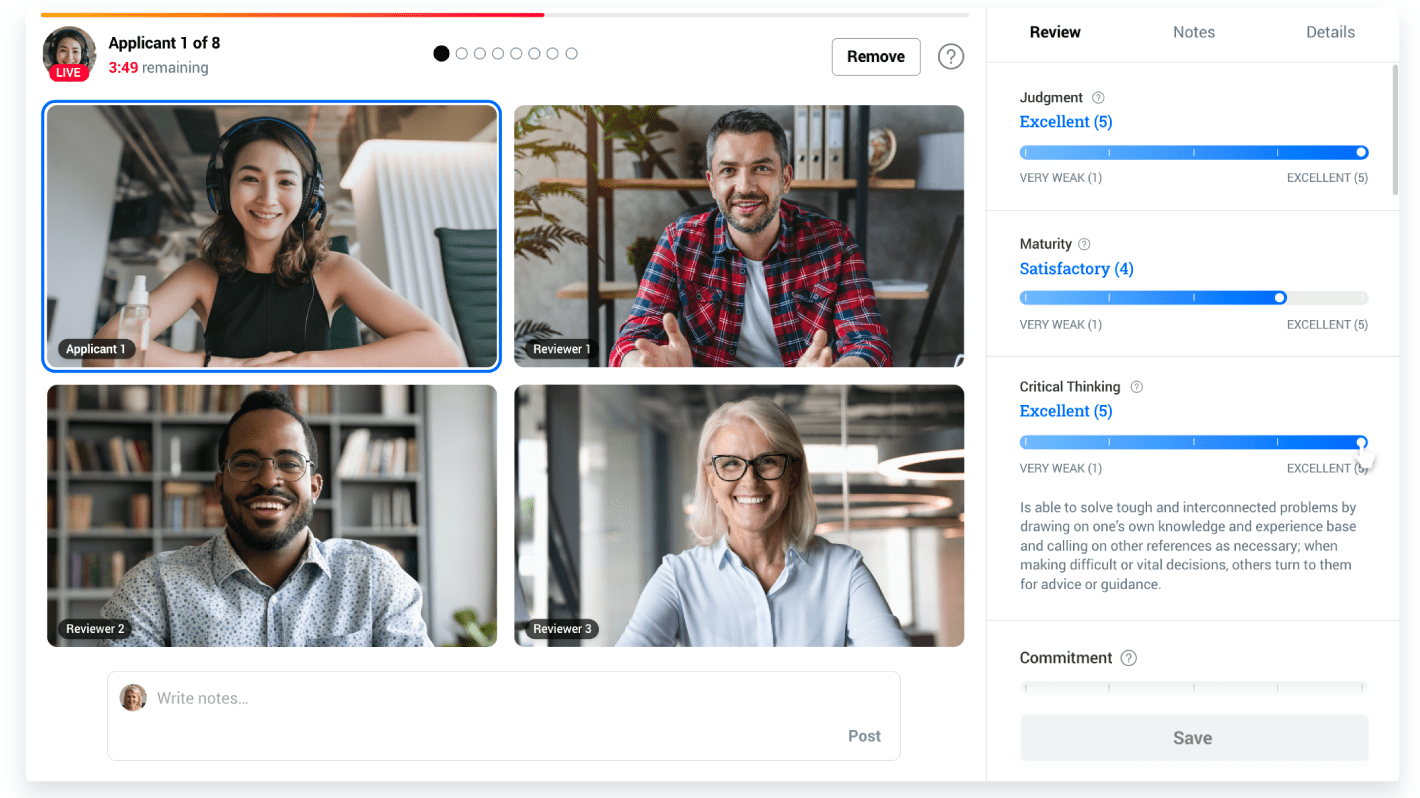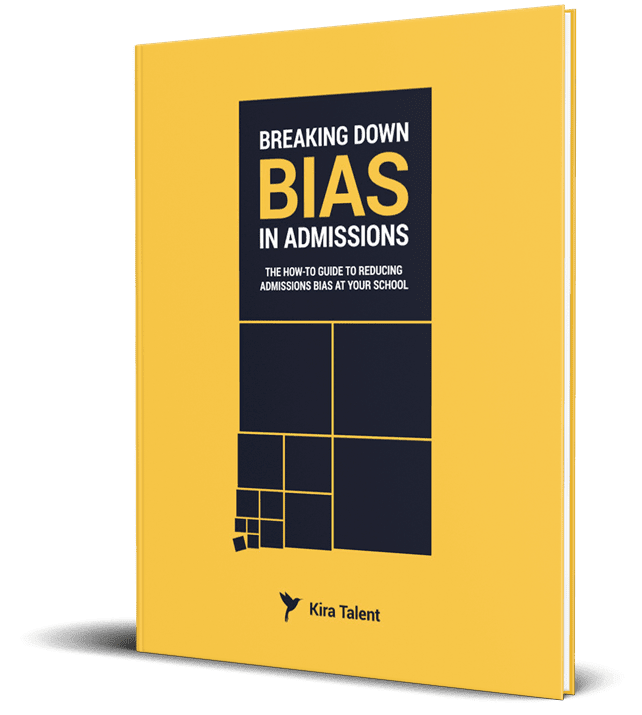Learn how to attract, admit and retain students through student development theory and competency-based admissions.
The purpose of admissions is to process applications and admit applicants in the hopes that they will become students. But how do the criteria these future students are evaluated against align with student success and retention?
Student Development Theory
Student Development Theory researches why students succeed during their time in post-secondary. It is a growing body of knowledge that informs many student service professionals and student support offices.
The Major Players
Astin’s Theory of Involvement
Being involved on campus gives students higher rates of success in college or university. Astin determined that a student’s development was directly related to the quantity and quality of student involvement.
“Student involvement refers to the amount of physical and psychological energy that the student devotes to the academic experience,” (Astin p. 297 1984).
Following Astin’s Theory of Involvement admissions team would need to recruit applicants based on their likelihood to become involved on-campus. This would lead to looking for certain competencies in students, including motivation, time management, and leadership.
How competency-based admissions can help admit involved students following Astin’s Theory of Involvement
The following ideas will help you determine how to revamp your competency-based admissions processes to include Astin’s Theory of Involvement.
- Work with student service teams to determine which types of students are currently most likely to be engaged on-campus.
- The co-curricular activities office may have data on which students are most involved in your programming.
- Create new programming to engage students that are not currently involved outside of the classroom.
- Create student supports and programming for your incoming class before they arrive on campus.
- Ensure that the students you are admitting have ways to get involved on-campus.
- Take their interests and aspirations into account at the admissions stage. For example,
- If you admit 200 applicants who were Editor-In-Chief of their high school newspaper, but your school only has one student publication with a staff of 20, you may be already disengaging students at the admissions stage.
- Take their interests and aspirations into account at the admissions stage. For example,
Tinto’s Theory of Student Departure
Tinto’s Theory of Student Departure investigates student retention. He believes that students leave their studies before graduating because of the interactions they have with the university. These interactions can fall into four different categories: academic, social, intellectual integration, or a weak commitment to college or university.
Tinto recognizes that all students come to campus with specific characteristics, backgrounds, passions, and expectations. He also recognizes that every institution has unique characteristics and finding a good “fit” between applicants and institutions is key to student retention.
While the admissions teams duties may end at finding good “fit” applicants, he also believes that it is the institution's responsibility to provide opportunities for students to integrate socially, intellectually, and to succeed academically,.
Read: New Stanford Research Looks at How Cultural Differences Could Impact Applicant “Fit”
The link between admissions teams and student services is key to student retention.
How competency-based admissions can help retain students following Tinto’s Theory of Student Departure
Read 3 steps that your team can take to implement Tinto’s Theory of Student Departure into your competency-based admissions processes.
- Determine the General Academic Competencies that your applicants need to succeed academically with your faculty.
- Work with faculty to determine what really is expected of students in their first-year classes. This can include skills they absolutely need to successfully complete and be engaged in their courses.
- Determine (Inter)Personal Competencies and Traits with your student services staff.
- Student services staff have the most insight into what programming is offered on-campus outside of the classroom. Determine which types of students they can support, through offices existing programming and offices.
- Determine Subject-Related Knowledge & Skills with the faculty or program directors of the specific programs that applicants are applying to. Or even bring in current students or alumni!
- Speak with current students or alumni about what specific knowledge they needed when they entered the program. This can help to determine the competencies to assess applicants on during admissions.
Sanford’s Theory of Challenge and Support
Sanford’s Theory of Challenge and Support investigates how to keep students engaged during their time at college or university. If they have too much challenge and not enough support, they could “retreat”, which can lead to apprehension and unproductive stress.
Similarly, if a student has too much support but not enough challenge, they can become stagnant.
The objective is to provide the adequate amount of challenge and support to lead to “maximum growth”.
Admissions teams are looking for students who will engage with their school at this cross-section of support and challenge to allow maximum growth for all students.
When a student reaches maximum growth they are less likely to transfer or drop-out. This increases the school’s completion rates, which in turn recruiters can use to attract applicants to their school.
How to use competency-based admissions to help ensure students reach maximum growth
Below are two examples of how to assess for competencies during the admissions process.
Example 1
A bustling city campus that does not have that many student clubs, where students do not have a dedicated academic or co-curricular counselor. Mostly a commuter school.
Potential Competencies: global mindedness to navigate the diversity of the city and the student body, motivation to seek out new opportunities because there is not going to be someone supporting them through every step, and strong communication skills to be able to explain what they want to learn and accomplish while a student at your institution.
If you were to admit students without the above competencies, they could potentially feel too challenged at your institution because they were expecting additional support. This could lead to disengagement and potential departure before degree completion.
Example 2
A small liberal arts school located in a rural town where the average class size is 10 and students regularly meet with a counselor to ensure that they are not only successful in school but they are successful outside of the classroom. Students complete volunteer work for reduced tuition fees.
Potential Competencies: volunteerism as all students have to help out in the school community as part of their graduation requirements, engagement as all students are an instrumental part of the school community, and empathy as the small student body means that successful students will have to be able to get along with a close-knit group of students.
If you were to admit students without the above competencies, they could feel overwhelmed by the interconnectedness of campus. This could lead to disengagement and potential departure before degree completion.
Moving Forward
Some schools and admissions teams may view competency-based admissions as an interesting idea, but they are not willing to take the plunge to utilize it to its fullest extent.
Through leaning on theories that already mold our education systems, you are better able to introduce a new practice into your admissions processes with proven results.
While the above tips will take many stakeholders and potentially years to fully introduce into your practices, it will allow you to better understand your institution, which types of programming you should offer for students to succeed, and which types of competencies successful students need to possess to become engaged students and alumni of your institution.



